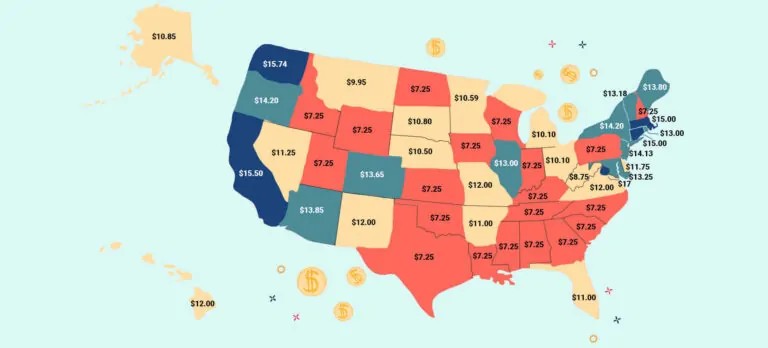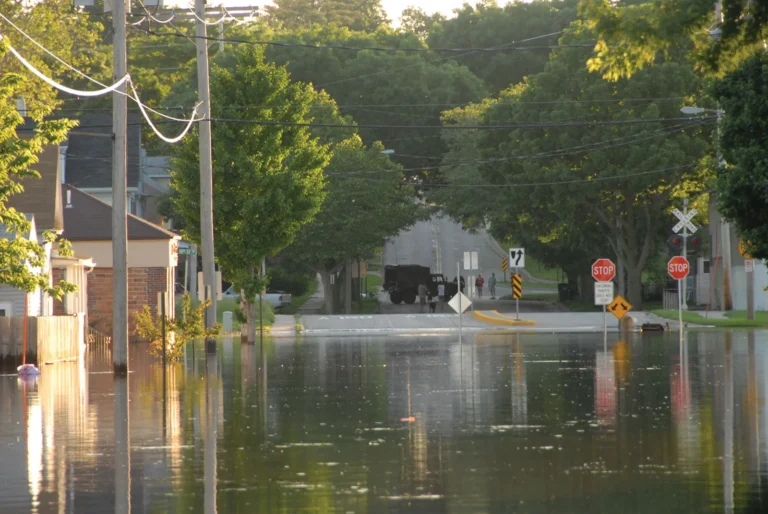Des Moines has seen growing concerns about crime in 2024, with many residents worried about the safety of their communities.
The city, like many others across the U.S., is facing increased criminal activity and struggling with police understaffing, which adds to the complexity of the situation.
The purpose of this analysis of ours is to explore the current crime trends in Des Moines and how they impact the lives of residents while offering insights into what can be done to address these challenges.
Let’s get started.
Table of Contents
ToggleGeneral Crime Trends in Des Moines

Des Moines, with its population of 209,232, continues to struggle with a significantly high crime rate, making it a focal point for public safety concerns.
In a NeighborhoodScout report, we can see that the current crime rate is 33.01 per 1,000.
Several factors contribute to the elevated levels in the city, and 2024 has seen both troubling and revealing developments in crime trends.
According to WiFiTalents report, Des Moines’ crime rate is 4% higher than the national average, positioning the city as one of the more dangerous urban areas in the U.S.
The city experiences 90 crimes per 1,000 residents, making crime a prominent concern for locals. The number encompasses both violent and property crimes, with each posing a threat to community safety.
Generally speaking, there is a 1 in 164 chance of being a victim of a violent crime.
The following neighborhoods are particularly affected by these trends:
| Neighborhood | Population | Crime Rate (per 100k) |
|---|---|---|
| Laurel Hill | 332 | 2,233 |
| Capitol East | 2068 | 2,079 |
| Jordan Park | 2175 | 1,440 |
| River Bend | 2849 | 1,457 |
| East Village | 1545 | 1,440 |
Factors Contributing to Crime
- Increasing financial instability and lack of job opportunities, both in the city and Iowa as a whole, have created conditions that may lead to more property crimes like theft.
- Challenges such as substance abuse, mental health crises, and social inequality often correlate with higher rates.
- A shortage of police personnel means that areas are less patrolled, which can lead to an increase in crime across both violent and non-violent categories.
Violent Crime Overview

Violent crime in Des Moines is one of the most alarming aspects of the city’s overall crime profile.
The violent crime rate is significantly higher than the state average, as AreaVibes writes:
| Total Crime | Des Moines | Iowa | National |
|---|---|---|---|
| Number | 2,421 | 1,618 | 2,324 |
These figures show a slight increase compared to previous years, which has heightened concern among city officials and citizens alike.
Aggravated assault is the most common violent crime in Des Moines, often linked to disputes that escalate beyond verbal confrontations.
Robbery is also a significant issue, particularly in commercial areas and neighborhoods known for higher levels of criminal activity.
While these incidents are frequent, they reflect broader patterns of violence and insecurity across the city.
Property Crime in Des Moines
Property crime remains a significant issue in Des Moines, with a property crime rate higher than the national average.
The NeighborhoodScout report we’ve mentioned earlier points out that the residents face a 1 in 37 chance of being affected by crimes such as:
- Theft
- Burglary
- Auto theft

Larceny, which includes incidents like shoplifting, stealing personal belongings, or breaking into vehicles, has become a major concern, with many neighborhoods reporting spikes in this type of crime.
In Who13 article, we can see that Des Moines ranks second in the country when it comes to ID theft, with only Hartford, Connecticut having more ID theft reports per 100k.
Burglary and auto theft are also prevalent, though slightly below the national average in terms of frequency.
The high volume of property crimes overall has prompted local authorities to explore new prevention strategies.
While many residents have taken additional steps to secure their homes and vehicles, property crime remains a persistent problem, particularly in certain parts of the city.
One of the generators of this issue is the number of homeless encampments in public areas of Des Moines. Just recently we saw some action taken to resolve this issue.
Police Force & Staffing Issues
Des Moines is currently grappling with significant police understaffing, as is the case with the whole country, which is directly impacting the city’s ability to address rising crime.
In a statement released by the local police department, we can see:
- PD has 1.05 officers per 1,000 residents, 24% below the state average.
It is clear that law enforcement is stretched thin.

The lack of sufficient manpower makes it difficult to patrol neighborhoods effectively, respond quickly to incidents, and engage in proactive crime prevention.
Shortage of officers is one of the key challenges contributing to the rising rates.
In the short term, though, the challenges remain significant. The limited number of officers on duty means that response times are slower, and there is a perception among residents that law enforcement is not as effective as it could be.
Des Moines police are working to improve community relations. Programs aimed at fostering trust between law enforcement and residents are crucial in encouraging cooperation in crime prevention efforts.
However, without a sufficient police presence, these efforts will only go so far in curbing the city’s rates.
Crime Prevention Efforts

Des Moines has initiated several crime prevention strategies that aim to involve both law enforcement and the community.
Residents are encouraged to report suspicious activity, which is an effective way of preventing crime.
Neighborhood watch programs are growing in popularity, with local groups organizing to keep an eye on their streets.
These programs not only help deter crime but also strengthen the social fabric of neighborhoods, making it more difficult for criminals to operate unnoticed.
Local businesses are investing in better security measures, such as installing surveillance cameras and improving lighting in and around their properties.
Furthermore, the result of school shootings is the security budget for schools being doubled, reaching $13 million.
- High-visibility patrols
- Targeted operations in high-crime areas
An ongoing police staffing shortage remains a challenge that must be addressed for these efforts to be fully effective.
Methodology
The methodology for analyzing crime trends in Des Moines in 2024 focused on gathering data from both primary and secondary sources. Statistics were obtained from publicly available reports from NeighborhoodScout, AreaVibes, and WiFiTalents. Also, we used media coverage from sources like Who13.
Local law enforcement data from the Des Moines Police Department was reviewed, particularly regarding staffing levels and crime rates.
Primary data collection involved conducting interviews and surveys with residents to understand their experiences and perceptions of crime, as well as discussions with police officials to gain insights into current challenges and crime-fighting strategies.
The combination of data sources provided a comprehensive picture of crime in the city and informed the subsequent analysis.
The Bottom Line
Des Moines faces serious challenges when it comes to managing crime. The combination of rising crime rates and police understaffing creates a difficult environment for both law enforcement and residents.
However, with ongoing efforts to improve policing and community involvement, there is hope for a safer future.
Continuing to prioritize prevention and police reforms will be crucial in ensuring the safety of Des Moines residents in the years to come.















